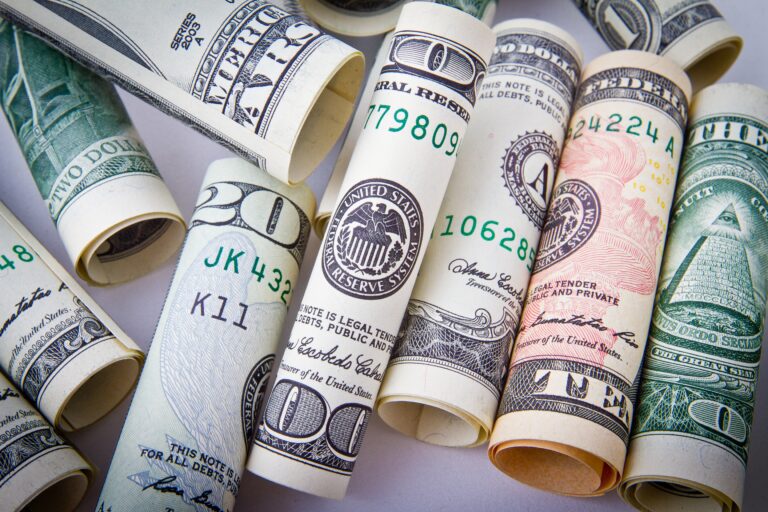
Morning Brief – Another Round?
Sterling has staged a considerable recovery since trading at levels that rivalled December 2020 (pre-Brexit agreement; post-lockdown reversal induced) lows. There was concern within the market that a break of key technical levels in GBPUSD as well as in other risk-sensitive Sterling crosses, could spur further losses down towards the low 1.30s on cable. So far those risks have been somewhat contained given the lack of sustained closing prices sub-1.35 with significant demand entering Sterling markets as of Friday last week. Supply chain constraints globally mean that GBP, as the G-10 currency with perhaps the highest risk profile in that elite basket of currencies, got hit the hardest. Talking in Manchester this morning, the Prime Minister was criticised by his socially distanced interviewer for referring to China and the rest of the commodity producing and consuming globe too much. Asked about queues at UK fuel pumps, the PM was condemned for answering with immediate reference to Russian hydrocarbons and Chinese consumers. It might not make for good politics it seems, but the rush to consume and invest in the global economy is seeing the UK economy and consequently the UK Pound side-lined in markets.
There is the silver lining that this cost push inflation combined with the more active consumer and labour markets in the UK has pushed the Bank of England towards considering a potential rate hike later this year. That places the UK in a privileged position and in front of much of the rest of the slower moving G-10 pack. Provided that the rising cost of money, basic consumables, factors of production and lower disposable incomes derived through taxation and inflation don’t manifest sufficiently to choke the UK consumer and investor, the Pound could be quids in. The sell off that most recently sent the Pound through year-to-date lows was driven by the fear that UK growth would be undermined by the economy constraining cocktail described above: the Economy Zombie if you will.
There is some hope this could be the case. Given just how quickly the UK gilt market has moved to react to rising inflation pressures and the changing environment, a lot of commentary so far this week has focussed on the potential over-play of the trade in the front end of the gilt curve. GBPUSD has risen 1.8% over the past three trading sessions as the belief that this trade could be overplayed has spread through markets. From a technical perspective, there is little blocking Sterling’s path in the very short run. However, more sustained and meaningful gains for Sterling could be hard won.
Discussion and Analysis by Charles Porter

Click Here to Subscribe to the SGM-FX Newsletter
Related Insights

Daily Brief – Strong USD
Strong USD Those punitive tariff threats – Copper 50%, Brazil 50% and Pharmaceuticals 200% had a marked effect on USD. Bizarrely, while POTUS has been conducting his self-harming measures on the USA and the USD, he sees no contradiction in maintaining that he sees USD remaining the primary world reserve currency. A total of 22 […]

Daily Brief – Australia
Australia Falling inflation, sluggish economic growth, a strong currency, lower living standards and low productivity would normally easily add up to an interest rate cut by the central bank: not in Australia where it was widely expected that yesterday would indeed see a rate cut. That is because the Reserve Bank of Australia is worried […]

Daily Brief – Poland
Poland June 2025 will go down as a milestone for the energy sector in Poland as it was the first month that renewable energy overtook fossil fuels as a proportion of Poland’s total energy requirements. Poland is one of the highest emitting countries only behind China, Kuwait, South Africa, and Kazakhstan and despite coal consumption […]



 Humphrey Percy
Humphrey Percy